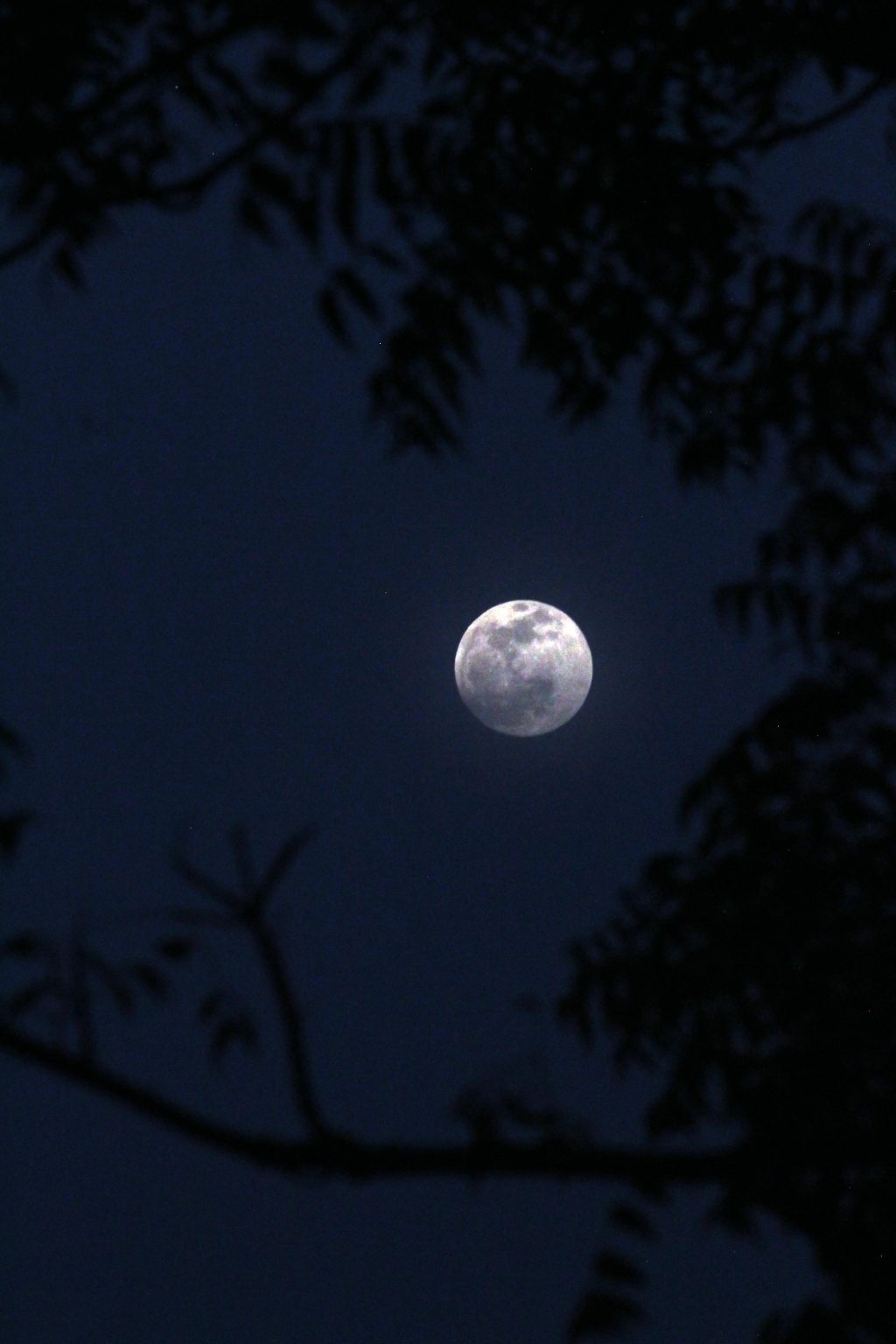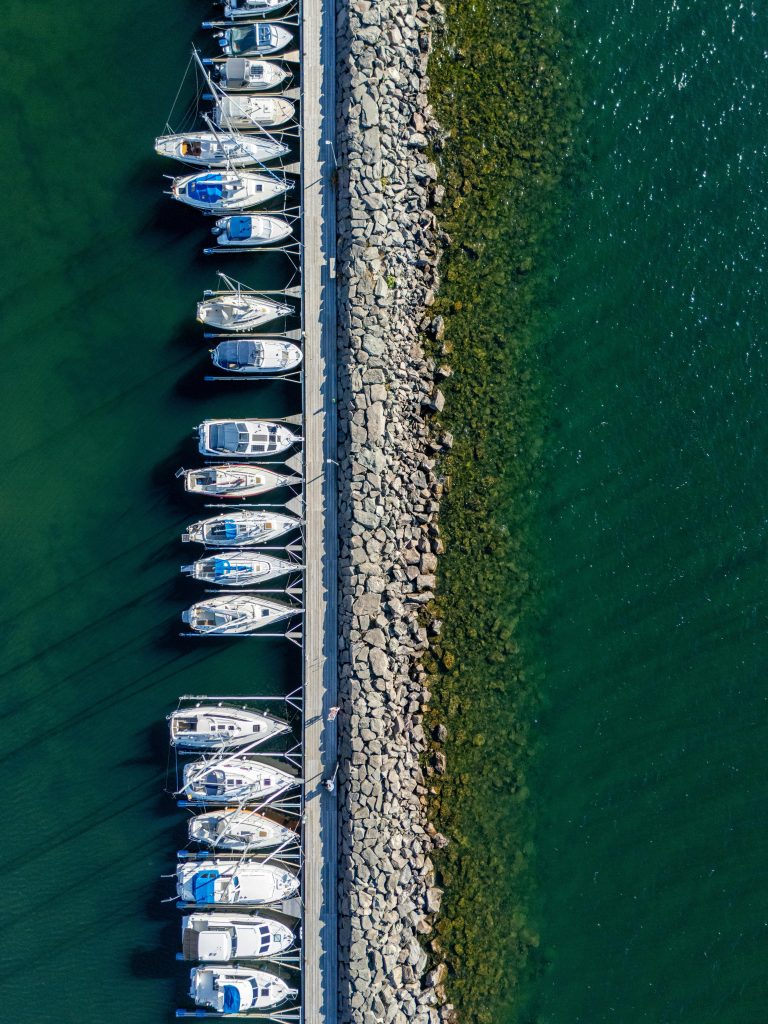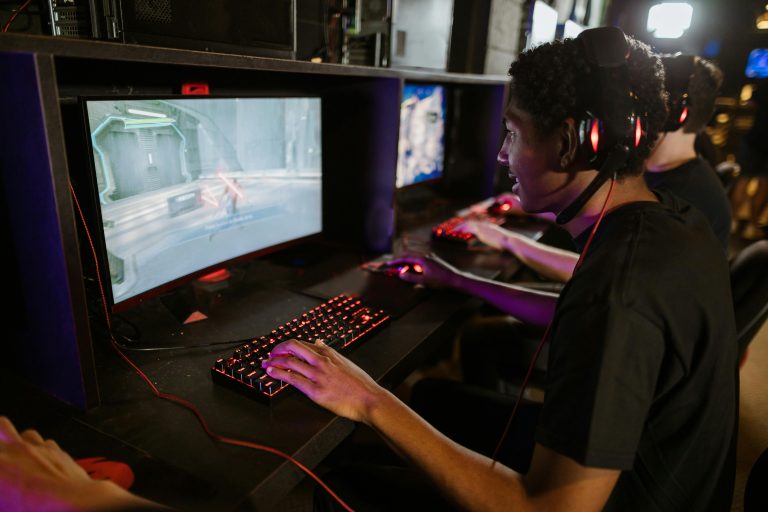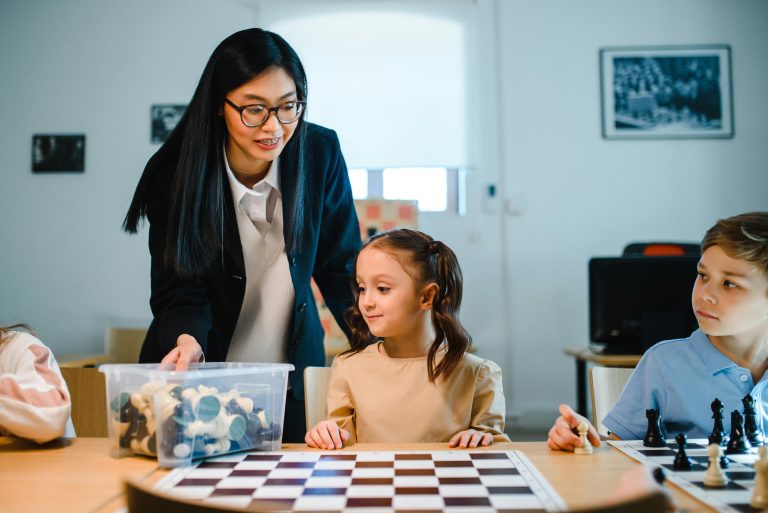
Another year, another tidal wave of creativity, chaos, and collective participation washing over the digital landscape. 2025 has proven to be a landmark year for YouTube, not just in terms of viewership but in how challenges evolved from simple dares into complex, multi-platform phenomena that blurred the lines between virtual and physical reality. This year, we saw challenges that weren’t just about going viral; they were about community building, technological integration, and even social impact. From the absurdly hilarious to the breathtakingly innovative, these are the top 10 viral YouTube challenges that truly broke the internet in 2025.
The Rise of AR-Integrated Challenges
Augmented Reality finally moved beyond phone screens and into our everyday lives in a massive way, thanks to more accessible AR glasses and advanced phone capabilities. YouTube creators leveraged this tech to create immersive experiences that had millions participating in shared digital spaces.
The Aura Hunt Challenge
Inspired by location-based games, the Aura Hunt Challenge took the world by storm. Using a dedicated AR app linked to YouTube, creators hid virtual “auras” – glowing, collectible objects – in real-world locations. Participants had to follow clue-filled vlogs to find them, creating a global treasure hunt. The challenge exploded when major brands and museums started sponsoring auras, leading to a fascinating blend of education, exploration, and pure fun. The #AuraHunt hashtag generated billions of views from user-generated content of people discovering auras in everything from local parks to the Louvre.
The TimeWeaver Challenge
This challenge was a masterclass in digital storytelling. Using AR filters, participants could “overlay” historical events onto their present-day surroundings. YouTubers started by creating videos where they walked through their hometowns, using the filter to show scenes from the past – a 1920s market on a modern street corner, or ancient ruins in a contemporary city. The challenge for viewers was to create their own “TimeWeave,” but with a twist: they had to conduct genuine historical research to make their overlays accurate. It became a viral educational tool, praised by teachers and historians alike.
Socially Conscious and Eco-Viral Movements
2025 marked a significant shift towards challenges with a purpose. The YouTube community showed its power to mobilize for good, moving beyond awareness and into tangible action.
The “Second Life” Upcycle Relay
This eco-friendly challenge started with a simple premise: one creator would post a video upcycling a discarded item (e.g., turning old jeans into a bag). They would then “tag” another creator, who had to use the *remnants* of that project to create something new, and so on. The Second Life Relay showcased incredible creativity and highlighted the issue of textile waste. It sparked a massive donation drive to thrift stores and inspired thousands of tutorials on sustainable fashion, making “haul culture” take a backseat to “upcycle culture.”
The 24-Hour Kindness Chain
While not a challenge in the traditional sense, this phenomenon had a clear ruleset and went massively viral. A creator would perform a significant act of kindness for a stranger, film their genuine reaction (with permission), and then give that person a small amount of money with one instruction: they had 24 hours to “pay it forward” and document it. The chain reaction of generosity, from paying for groceries to helping repair a community center, created a wave of heartwarming content that dominated YouTube’s trending page for weeks. It was a powerful reminder of the platform’s potential for positive connection.
The Pure, Unfiltered Fun: Comedy and Collaboration
Of course, not every challenge needed a high-tech or humanitarian angle. Some broke the internet simply by being ridiculously entertaining.
The AI Impression Impromptu
This challenge tested comedic timing and tech savvy. A creator would use a real-time AI voice filter to impersonate a celebrity or famous character. They’d then be placed in a improvised scenario by another creator—like having Darth Vader order at a drive-thru or a celebrity chef commentating on a gaming session. The hilarity came from the seamless, live interaction and the spot-on (or hilariously bad) AI impressions. The challenge pushed the boundaries of live-streaming technology and comedy simultaneously.
The “Silent Disco” Flash Mob 2.0
A modern twist on the classic flash mob, this challenge involved large groups gathering in public places, all wearing headphones tuned to the same YouTube Live stream. At a signal from the hosting creator, everyone would begin a synchronized dance or action in complete silence to outside observers. The resulting videos, cutting between the silent crowd and the music pumping in the live stream, were incredibly striking. These events required meticulous planning and grew so large that cities began issuing permits for “Silent Disco” events, turning viral challenges into real-world community gatherings.
Conclusion
The viral challenges of 2025 demonstrate a platform and a community maturing. The quest for views remains, but it’s now deeply intertwined with a desire for innovation, positive impact, and genuine human connection. We’ve moved far beyond ice buckets and cinnamon. This year’s top trends show a future where YouTube challenges are not just breaks from reality but are powerful tools that reshape it, blending the digital and physical worlds to educate, assist, and bring people together in wonderfully unexpected ways. It leaves us with one burning question: what on earth will 2026 have in store?






